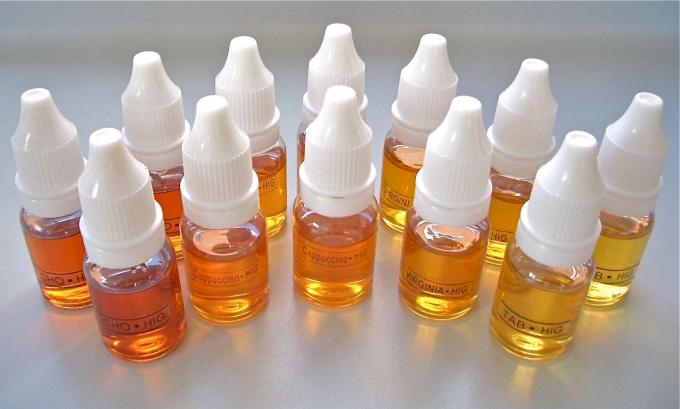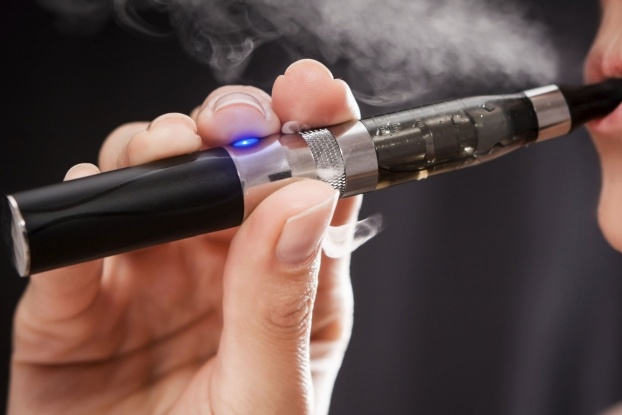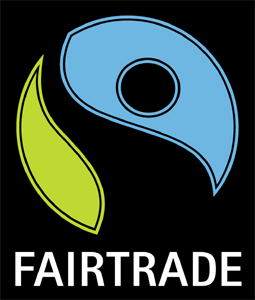According to a statement released by The White House on January 28, 2016, President Obama signed into law “the ‘Child Nicotine Poisoning Prevention Act of 2015,’ which requires the packaging of liquid nicotine containers to be subject to existing child poisoning prevention packaging standards.” The new bill necessitates that any liquid nicotine sold or imported into The United States adheres to standards and testing procedures determined by the Consumer Product Safety Commission (the CPSC in part sets measures that make it more difficult for children to ingest harmful materials).

Liquid nicotine is used in the increasingly popular e-cigarette. Also commonly known as vaporizers, these devices work by heating a mixture of liquid nicotine, flavoring, water, and a liquid base (such as propylene glycol or glycerin). The liquid is heated to its boiling point, after which it becomes a vapor that can be inhaled.
Packaging standards like this are nothing new–the Poison Prevention Packaging Act of 1970 (of which the Nicotine Poisoning act is now a part) is responsible for the requirement of child safety features on myriad hazardous products, including prescription drugs and over the counter medication, and chemicals such as turpentine, methanol, or acid. It was only a matter of time before liquid nicotine products became included in this act–in 2015, there were over 1,500 reported exposures to e-cigarettes and liquid nicotine in children under the age of 6. Liquid nicotine is especially problematic with children, as it can be dangerous through skin contact alone.

Child-resistant packaging standards are tested and determined by the International Organization for Standardization (ISO)–specifically, child-resistant packaging falls under ISO 8317:2015, which outlines “…performance requirements and test methods for reclosable packages designated as resistant to opening by children.” Testing also covers how accessible the packaging is to able-bodied adults. Liquid nicotine packaging will likely now include a child-resistant cap.
– – – – –
Follow us!
- Facebook: https://www.facebook.com/GTSPackagingSolutions/
- Instagram: https://www.instagram.com/gtspackaging/
- Twitter: https://twitter.com/GTS_Packaging
- WordPress: https://gtspblog.wordpress.com/
- LinkedIn: https://www.linkedin.com/company/gts-packaging-solutions




